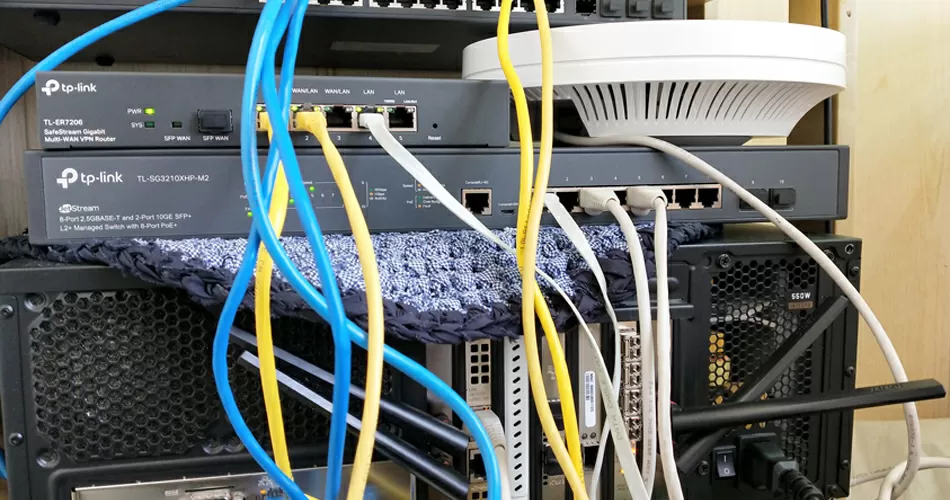
TP-Link suddenly has a very powerful and convenient software for setting up networks on coprorative objects. We tested this solution and showed how VLAN, Wi-Fi and security rules are configured in one common interface.

TP-Link suddenly has a very powerful and convenient software for setting up networks on coprorative objects. We tested this solution and showed how VLAN, Wi-Fi and security rules are configured in one common interface.

Yes, let many people believe that Wi-Fi is also Wi-Fi in Africa, but the wireless network in a cafe will be radically different from the network in some workshop or warehouse. First of all, you need to understand that the main customers of a public wireless network in a restaurant are visitors who need to be authorized through the Captive Portal to comply with legal requirements.
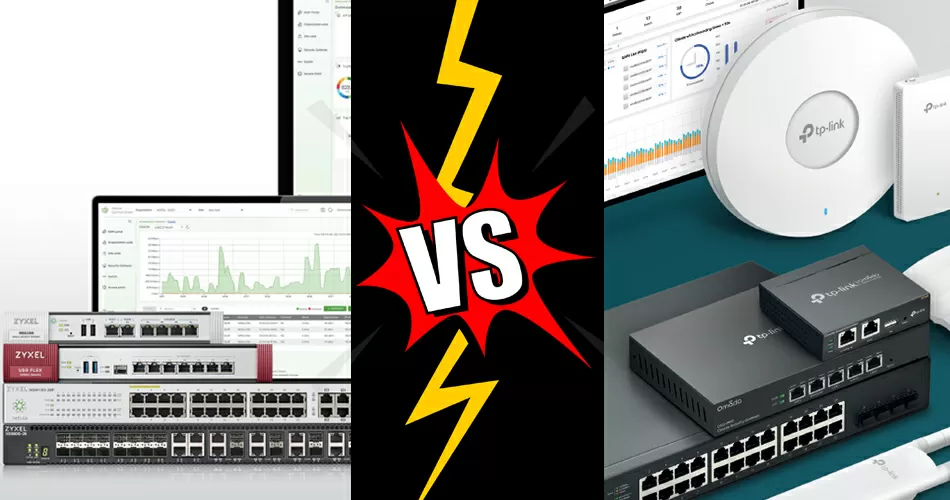
In large corporate networks with a complex topology, the real hell for the administrator will be the sequential configuration of all connected devices, one by one. In such cases, it is often almost impossible to detect errors in the network or determine its state. Who has the best orchestration tools today, Zyxel or TP-Link?
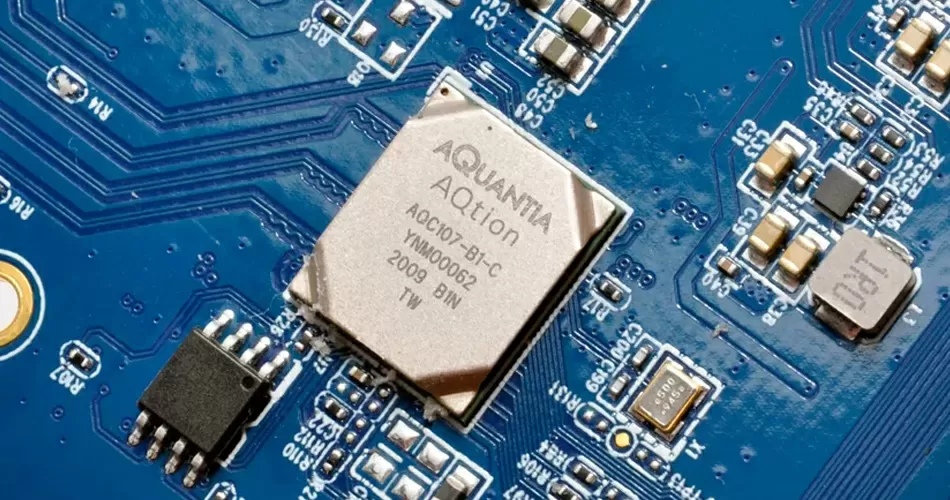
With the development of Wi-Fi 6, the network infrastructure smoothly masters multi-gigabit connections at 2.5 G and 5G speeds. Among the network controllers that support intermediate speeds, the undisputed leader is considered to be the AQuantia controllers, which, in a variation from Zyxel, we will compare with the good old Intel.
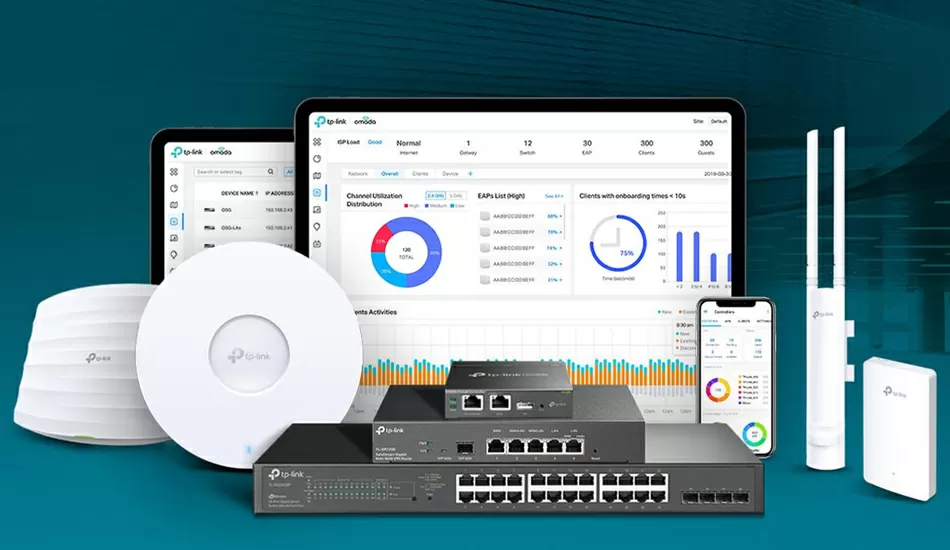
The business style of today's businesses is becoming increasingly dynamic. For operational activities, companies have to rely on a variety of digital services, and devices that are connected to a local network to perform daily tasks are becoming more and more numerous. Local networks are becoming larger, and the demand for convenient and reliable solutions is increasing – while budgets for IT infrastructure often remain the same.

To meet the demands of a dynamic business environment in today's rapidly changing digital world, many organizations are turning to SD-WAN for fast, scalable, and flexible connectivity between network environments. Connections between these environments must be managed to prioritize critical local networks and cloud applications. This is precisely what SD-WAN was designed to address; however, the wrong SD-WAN solution can inhibit adaptability and lead to security problems.
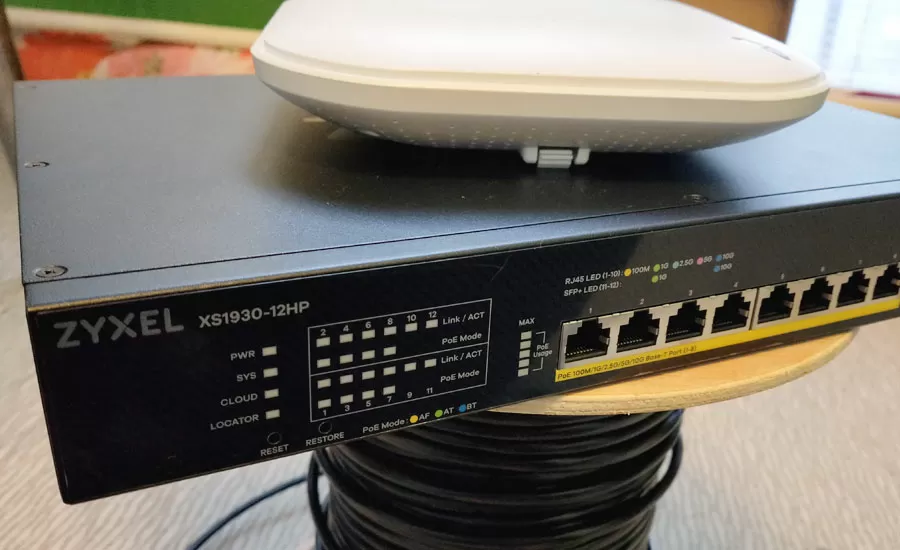
Migrating to Wi-Fi 6, do you hope that at least the cable structure will remain the same, running on the old twisted pair 2.5 GBase-T? Let's look at the example of the universal PoE switch Zyxel, how a multi-gigabit switch that supports speeds from 1 to 10 Gbit/s with a cheap cable works, what features it provides and how it is configured via the cloud.
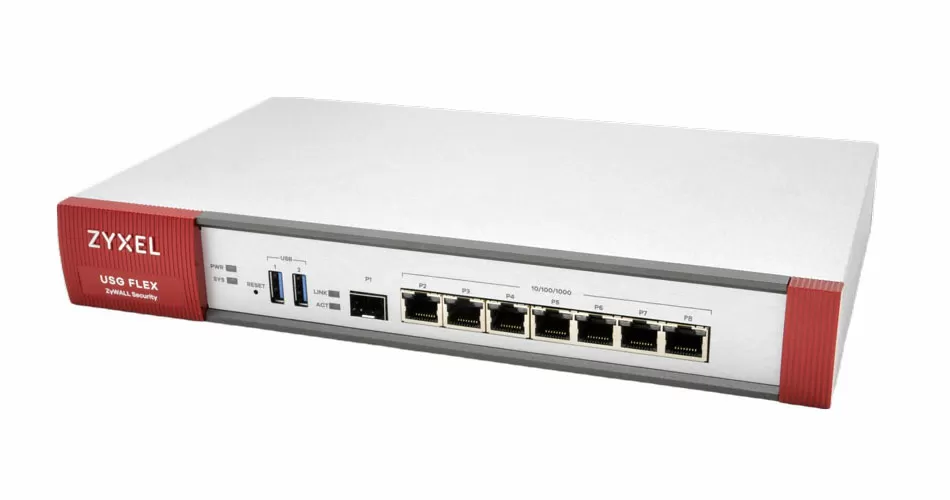
The new series of gateways focuses on the speed of operation, and in the "Antivirus + IDP" mode, it does not fall below 800 Mbit/s LAN-WAN. In part, this was achieved due to two antivirus engines: you can either check each file through the built-in bitdefender with updated signatures, or cloud verification by McAfee means by sending hashes of downloaded files to the servers.

For comparative testing of Wi-Fi 6 access points, a new test stand based on Intel AX200 and iPhone was required. We tested the speed on the line of sight, through the walls, and also compared the design of three popular access points.

The abbreviation AX3600, found in the description and displayed on the packaging of the TP-Link eap660 HD access point, means a total bandwidth of 3550 Mbit / s, which means that you can finally feel a real speed advantage over the top-end APS of the previous generation of the 802.11 ac standard and, in General, following the all-Wireless concept, build wireless networks with 4K and 8K streaming. The demand for such technologies from businesses is huge: this includes Digital Signage, intelligent surveillance systems, IoT, and just thousands of customers with modern smartphones.

Huawei is considered the engine of the transition to Wi-Fi 6, and looking at their equipment, we understand why: access points with speeds up to 10.7 Gbit / s, a "smart" antenna that forms billions of variations in beam directions, three radio modules, optics, IoT support, and much more.< / p>
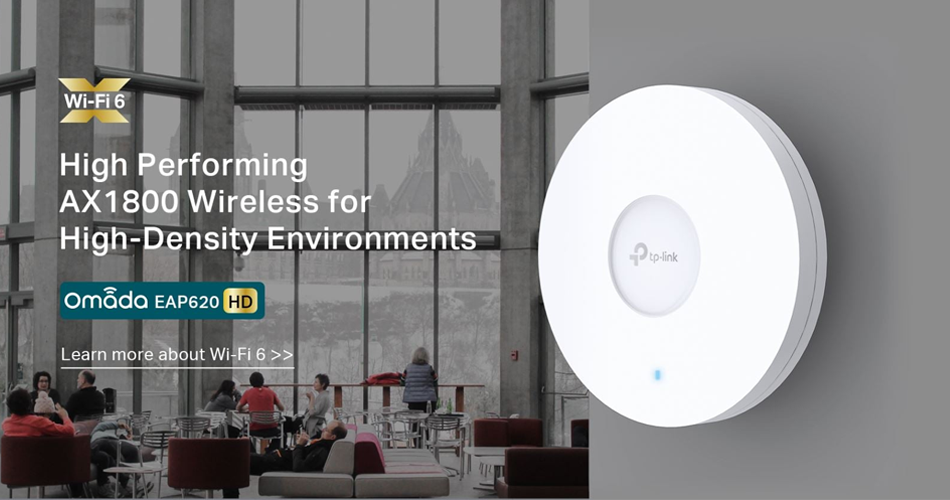
The Omada EAP620 HD model of the AX1800 class characterizes the mainstream of the Wi-Fi 6 standard for those clients who care not about the bandwidth of the interface, but the connection of clients using a new technology in a busy radio environment using OFMDA, 1024-QAM, BSS Coloring, Beamforming, Band Steering, Seamless Roaming and Cloud Management. This AP has 4 spatial streams, allowing for an aggregate data rate of 2.4 and 5 GHz in the region of 1775 Mbps.